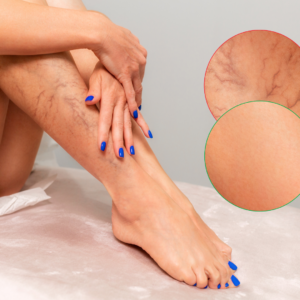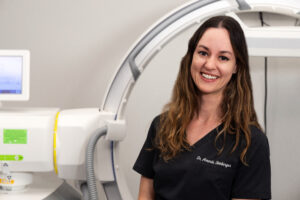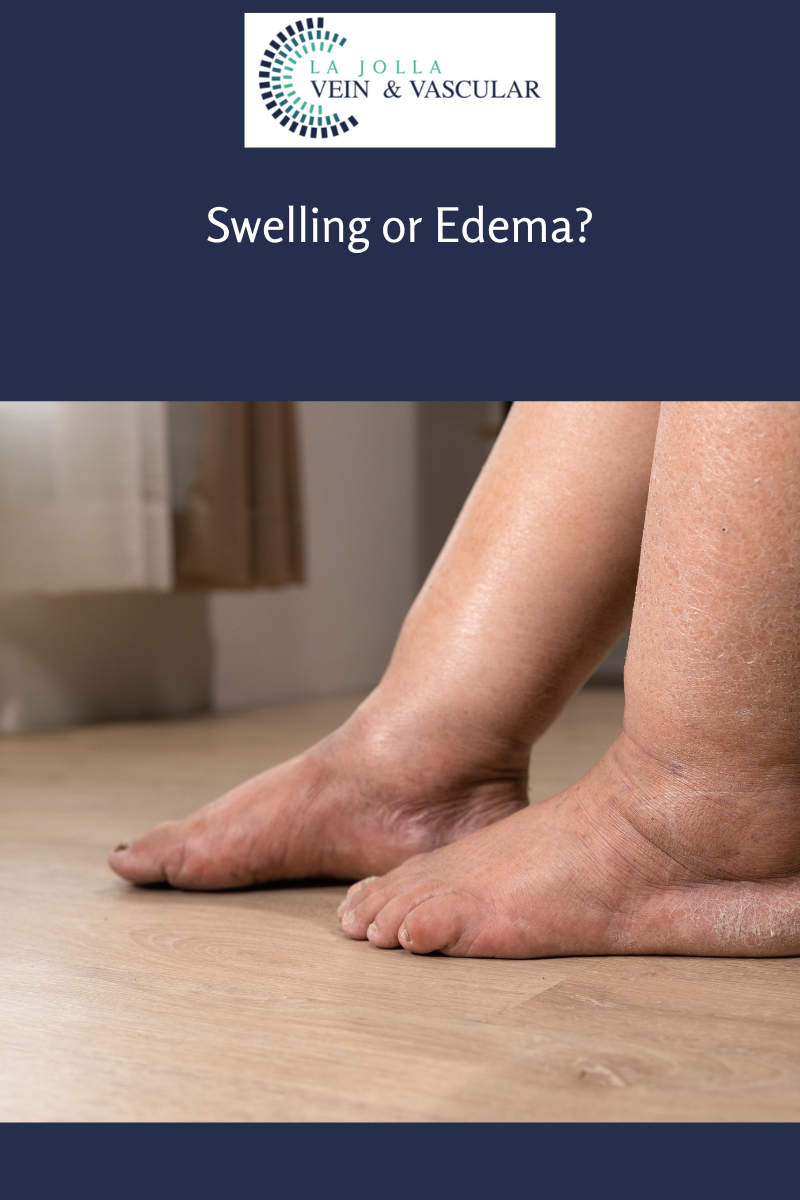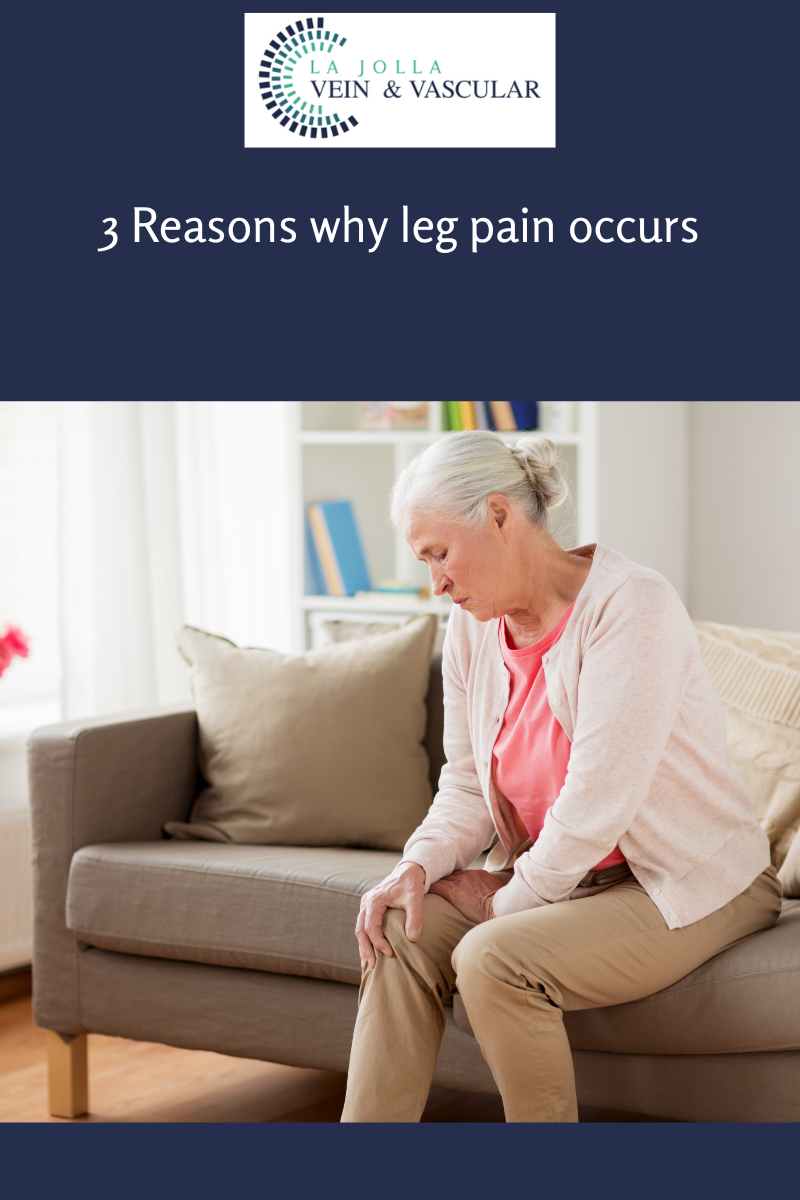Unlocking wellness: Navigating chronic venous insufficiency with expert insights
LJVascular2023-08-30T18:18:41-07:00Unlocking wellness: Navigating chronic venous insufficiency with expert insights
Chronic Venous Insufficiency (CVI) is a medical condition that arises from untreated venous reflux disease. It leads to a range of uncomfortable symptoms and, if left untreated, can cause significant skin changes and complications. In this blog post, we’ll delve into what CVI […]














